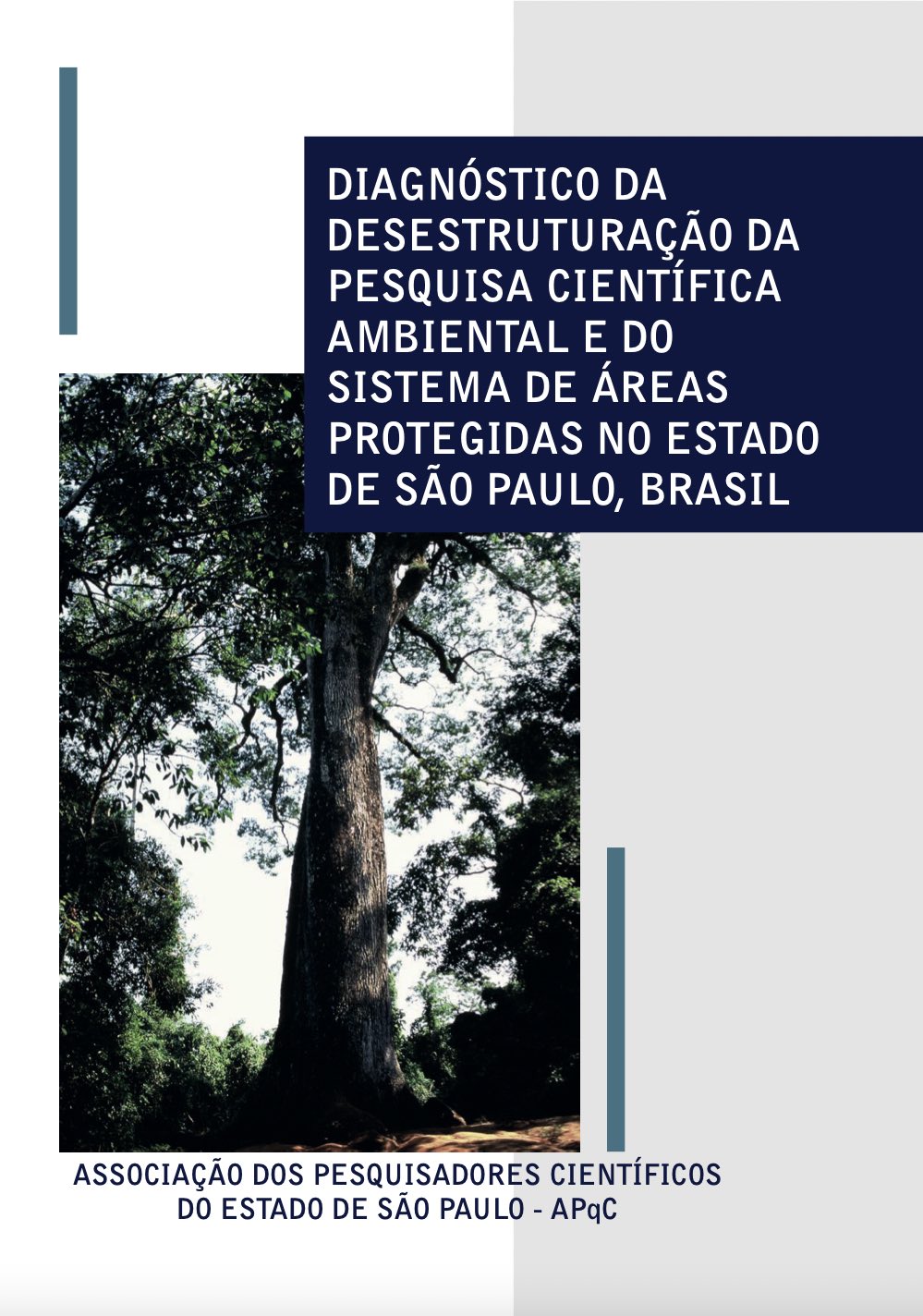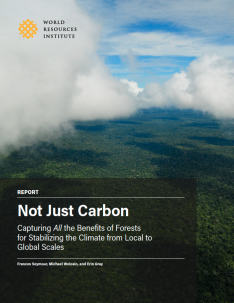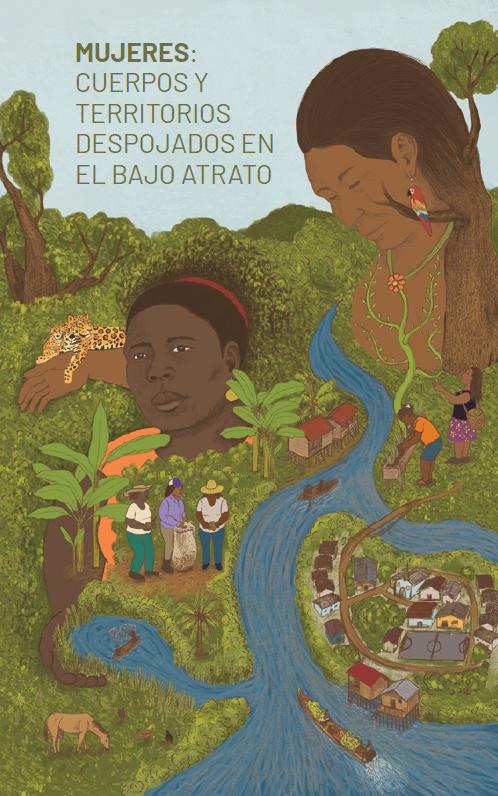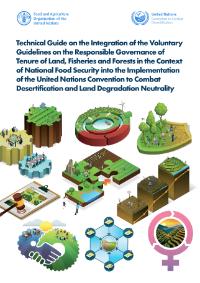Spatial database of planted forests in East Asia
Planted forests are critical to climate change mitigation and constitute a major supplier of timber/non-timber products and other ecosystem services. Globally, approximately 36% of planted forest area is located in East Asia. However, reliable records of the geographic distribution and tree species composition of these planted forests remain very limited.






